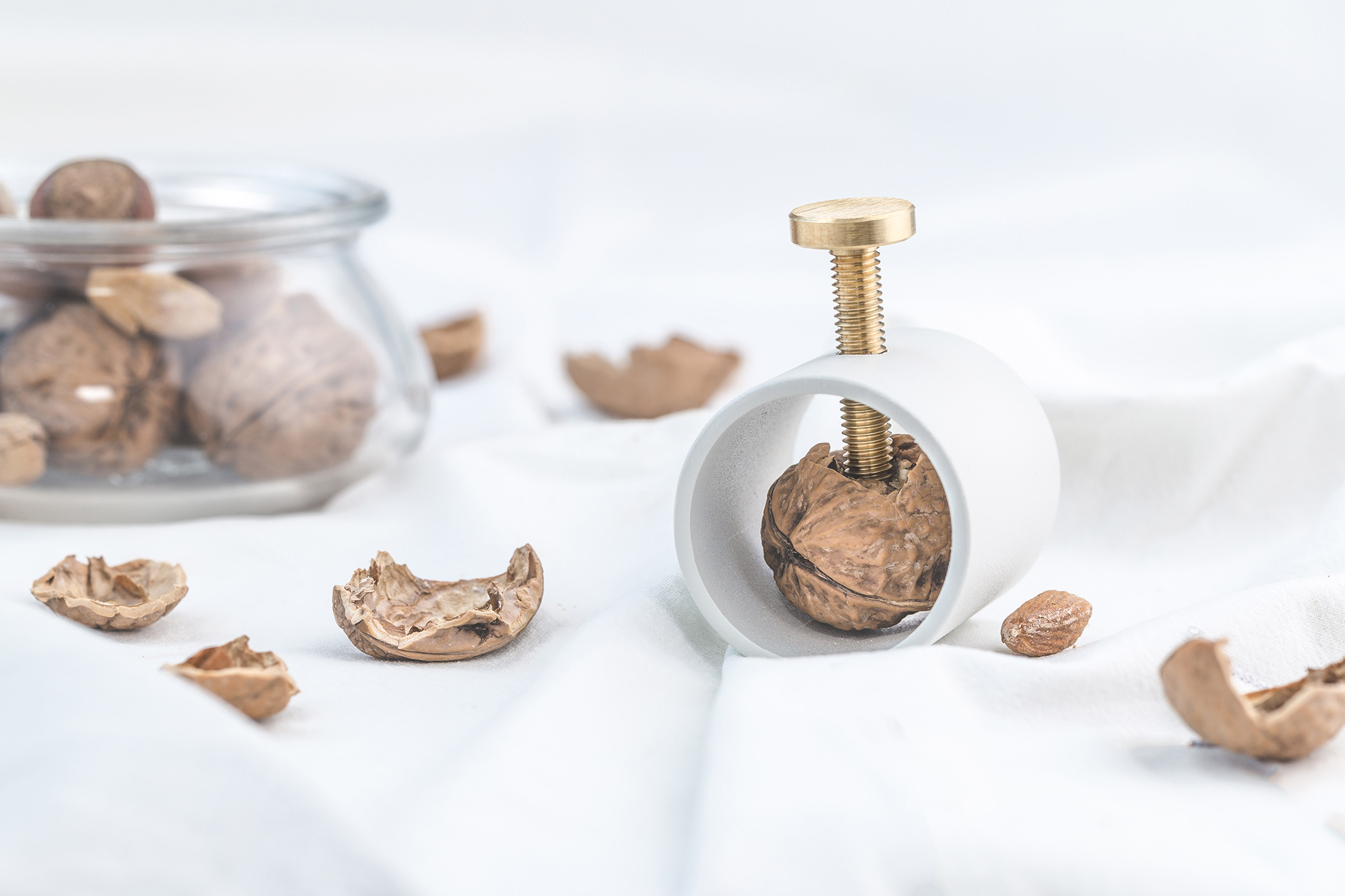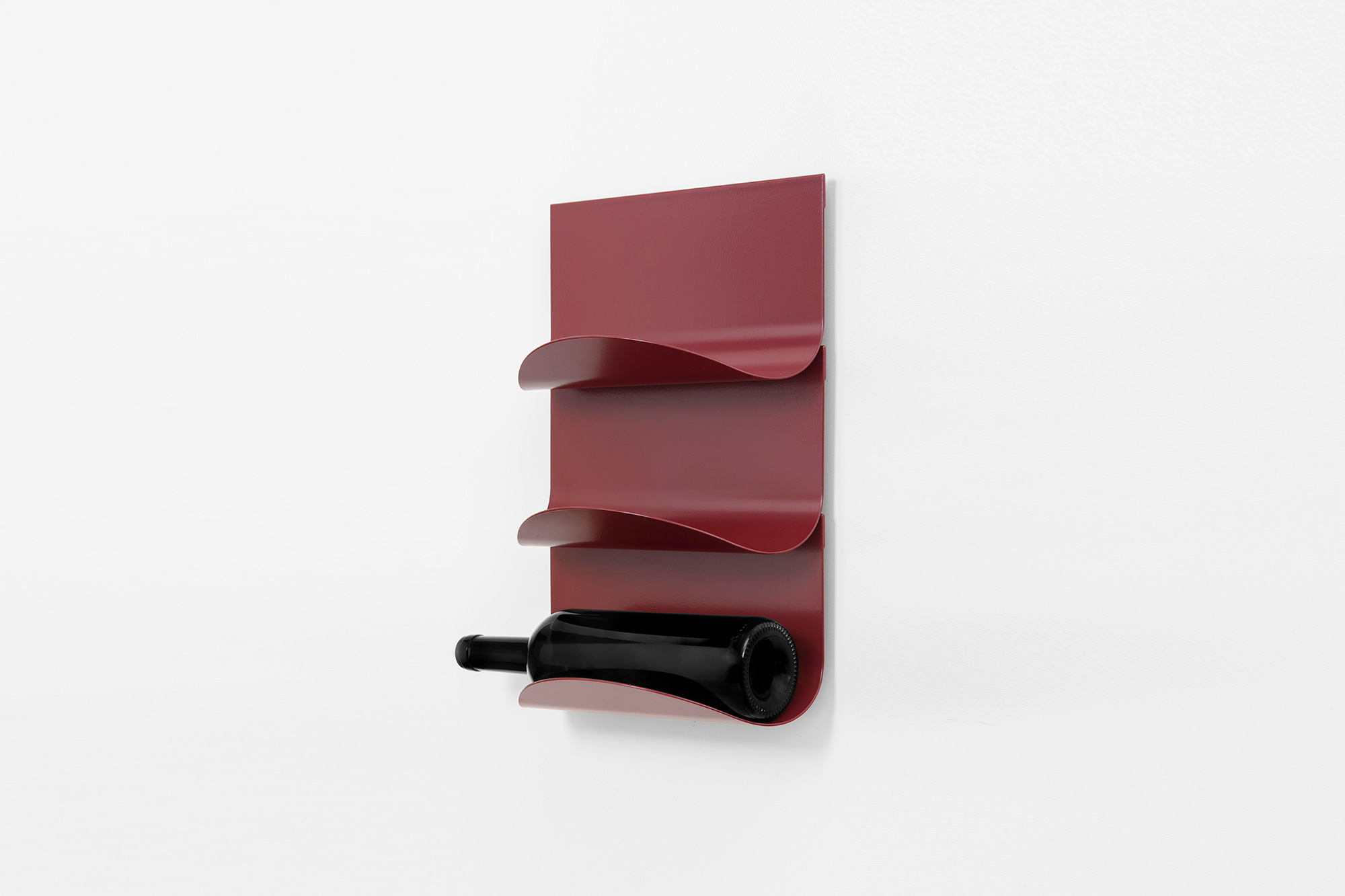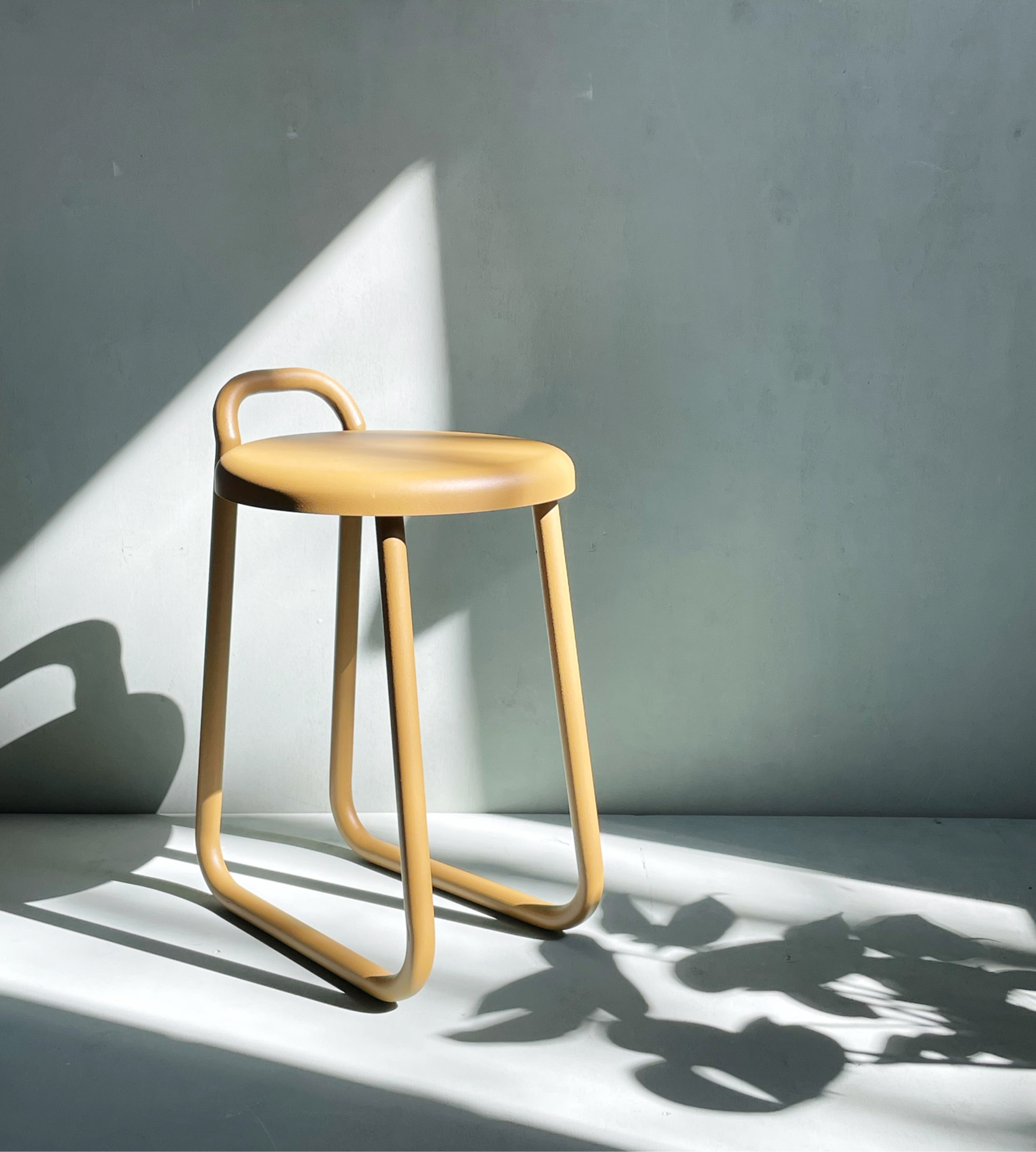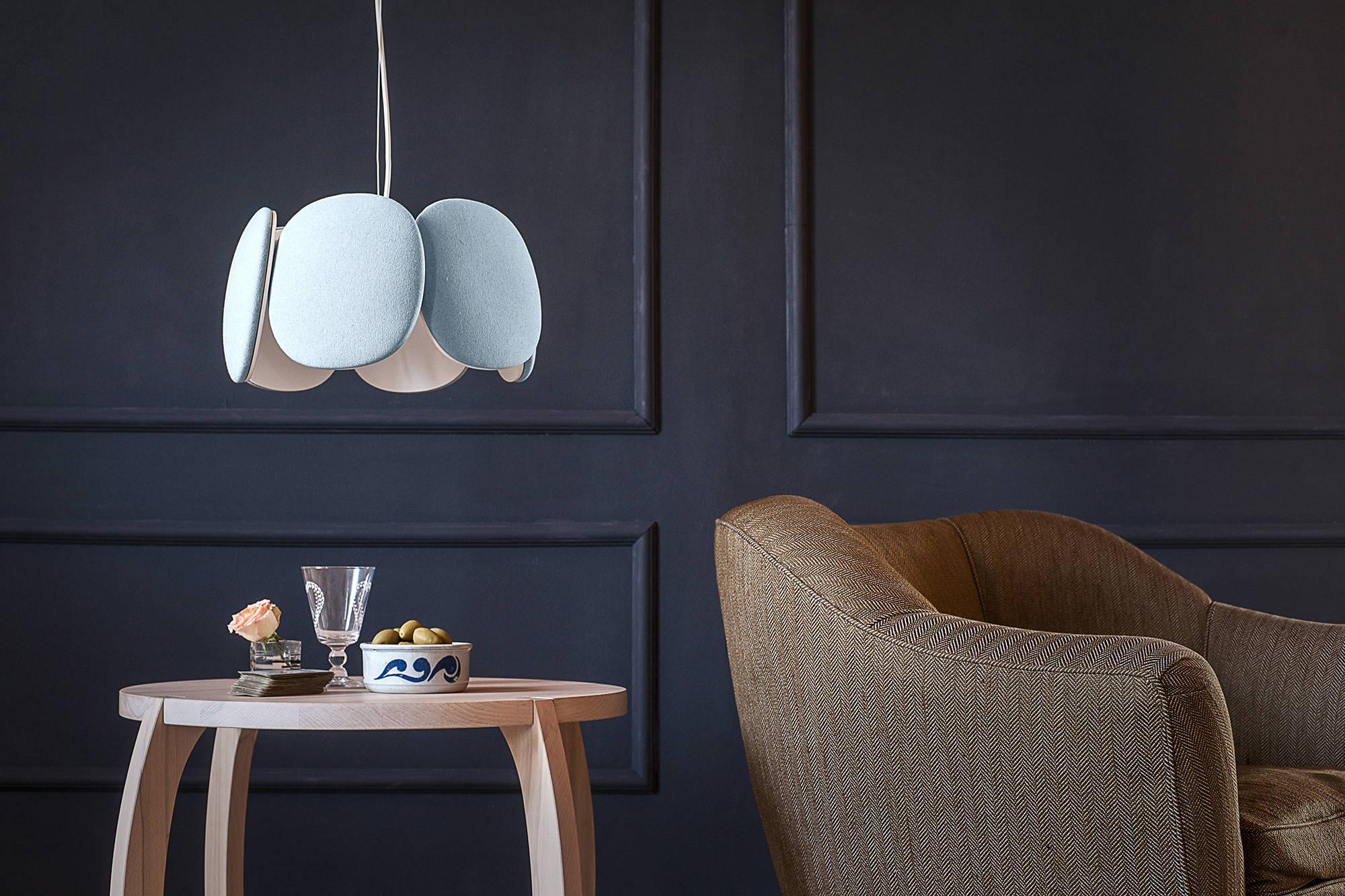Italian designer Mario Alessiani belongs to the so-called Millennial Generation of designers, which is not determined by a particular discipline but rather by their ideas, curiosity, and unbridled enthusiasm for solving complex problems across a broad perspective. Working in areas ranging from product, lighting, and furniture design, Alessiani feels comfortable pushing his own boundaries and developing whatever skills are necessary to find solutions for his ideas.
After graduating from the IED in Rome and working in London, he opened his design studio in Teramo, Italy, when he was just 24 years old. Since then, he advocates a simple, easy-to-understand, and functional design that combines integrative thinking and quality. His “functionally beautiful” creations have earned him international recognition and produced critical acclaim within the design community.
I do not care if people trust me, but I care when people trust the design. Being transparent in what I do is a way to explain that design is not just shapes but a consequence of deep thinking and a tool for expressing ideas.
According to Alessiani, to truly appreciate an object, it is necessary to learn how it is done and what techniques and tools shape it. The only way to do that is to share the “process” with users. And just like a real Millennial, he shares the knowledge through his Journal, offering people a more profound appreciation of his works. Today, he shares with Gessato readers his design philosophy and what it means to be an industrial designer in 2021. Enjoy the read!
Hello Mario! Thank you for speaking with us today. Tell us a bit about your beginnings in design. How did it all start for you?
Thank you! Well, it all started in high school. My parents are architects, and all my childhood, I thought I would study architecture. But one day, just before I started looking for a university in Rome, my art teacher told me, “You should try to study design.” In my mind, the design was something like drawing coffee sets and accessories, but I realized that things were more complicated, and I became excited with the idea of becoming a designer. After graduating, I gained experience in London before founding my design studio in Italy in 2013.
What do you like about being an industrial designer?
It’s a super-dynamic job. Every time you face new challenges to complete your work, you need to study, test, and do things again. The whole process is a natural flux where you try to confirm the correctness of the previous step. With the sketch, you fix the idea; with 3D, you find confirmation that your plan is going well; with mock-ups, you check dimensions and functions in real life. Finally, you learn that everything worked well with the prototypes. It’s great. Also, the fact that you meet many people from different fields and countries is exciting. You get to hear things from different perspectives. It is something that helped me a lot in my personal and professional growth.

Have you observed any changes in industrial design practice since you were a student? What do you see for the future of industrial design?
I must say that things have changed drastically in the last ten years. The old-fashioned way of being an industrial designer is becoming history. Things are becoming much more sophisticated with the user at the center in terms of the creative process. Companies give designers more responsibility in the creative direction, which makes the level of quality much higher at the end. The designer becomes an all-around figure who must understand a product’s life from the conceptualization, through the production, to the communication.
What is your favorite project to date and why?
I do not have a favorite project. I do not design things I like, but rather something I think is right at that moment. I have terrific memories of the processes. Even if it is a very industrially developed product, the development phase is entirely handmade. I spent days analyzing my drawings with the model maker and finding a way to sculpt the product. I remember days when I went back home half-white, totally covered with plaster dust. It was very satisfying.

What are your favorite materials to work with? How true to materials are you in your work?
My favorite material is steel. I have a friend who is a genius with steel, and I often help him make cad files for his projects. Working with him helped me understand the material. I know many tricks to make great products in a simple procedure, so it became pretty natural to use it in many projects. Many companies ask me to use steel in the projects because they see potential in what I have done in the past. But I also love other materials, like wood and ceramics. I never did anything with glass; that is one of the materials that fascinates me the most. I am not a fan of plastic, although I used it in the past. I love that the design gives shape to materials, not simply making shapes in a mold. Natural materials obviously provide that possibility.
Hands-on vs. digital prototypes? Which ones do you prefer and why?
Those are very different things that are hard to compare. When I need extreme precision, I use digital, but handmade prototypes give you a deeper understanding of materials and shapes. If you are doing a test on upholstery furniture, you need to go with a sewing machine and see what happens. At the same time, if you are designing a sophisticated engine, you need precision, and 3D printing can save the situation.

How important is sustainability to your practice, and what are some of the sustainable techniques you implement in your work?
Sustainability is now part of the process. It is impossible not to think about how the production of products impacts the environment, emissions during their transport, and how they will be dismantled when they die. It is part of our job to make something that is sustainable in all its aspects.

You say that the beauty of a product comes from its function. Still, you emphasize that the appropriate aesthetic appreciation of design requires knowledge about techniques and tools used in its creation. Is Journal your way of showing transparency in your work to allow people to experience, trust, and fully appreciate your products?
I do not care if people trust me, but I care when people trust the design. Being transparent in what I do is a way to explain that design is not just shapes but a consequence of deep thinking and a tool for expressing ideas. I am obsessed with how things are made, and I want to let people appreciate the production process in the same way as I do. Process is a value per se. I think the consumers often underestimate it, and I try to find a way to let them grasp the same passion for it.
How do you balance between quality, cost, and beauty?
It isn’t straightforward, and sometimes it comes with fate. A great designer needs to have the ability to find the right balance of these three factors starting from the sketching phase for a project to succeed. It’s like composing a good song.
What are you working on right now?
I am doing a lot of different things: lighting, home accessories, and sittings. I am also studying upholstery to understand how my philosophy can interpret this field.
Many would argue, myself included, that Italian design is a brand in itself. But, since you are an Italian designer yourself, what does “Made in Italy” mean to you?
I do not know anymore if Italian design will survive with the millennial generation of designers. In the past, everything was more local, and new generations were influenced by the older around them. Today we get so much information from all over the world that I feel more like a citizen of the world than an Italian. Made in Italy to me means a safe zone. When I work in Italy, I feel comfortable with people of my culture who speak my language. It is important because I feel more confident and get good results. But I am super excited to work with foreign companies because it is a new experience and opens your mind every time.


